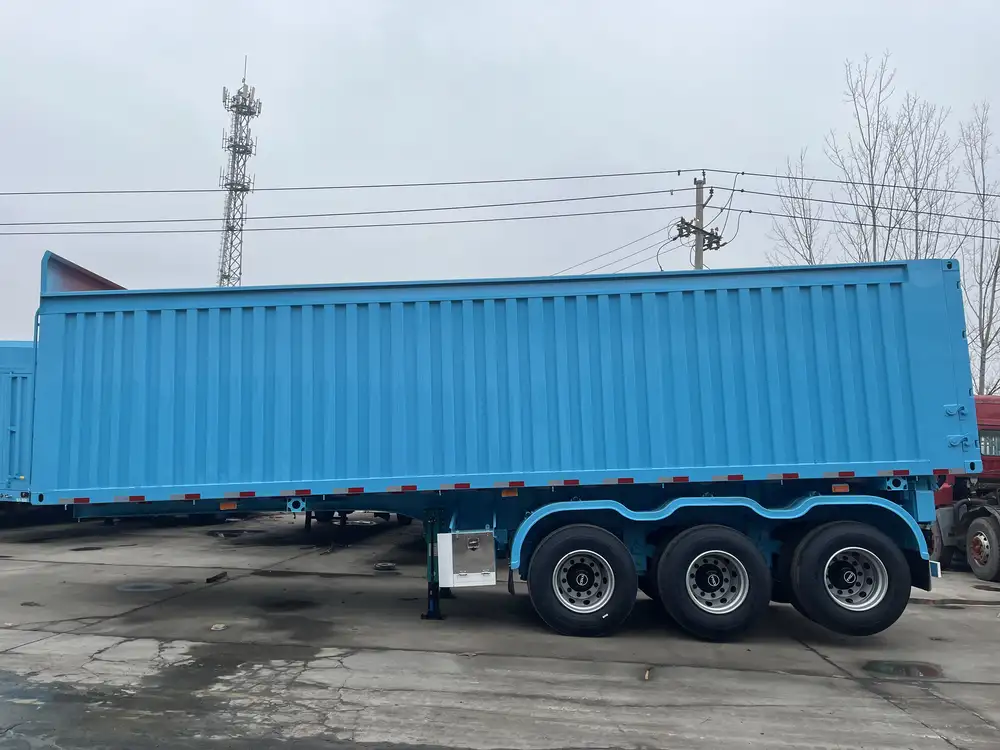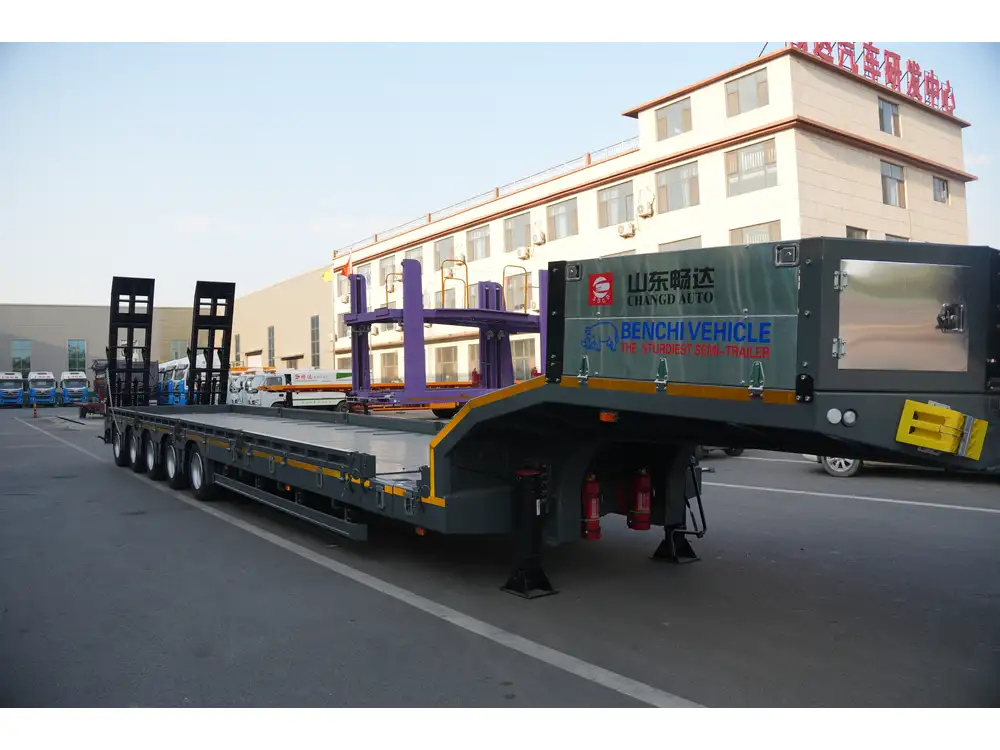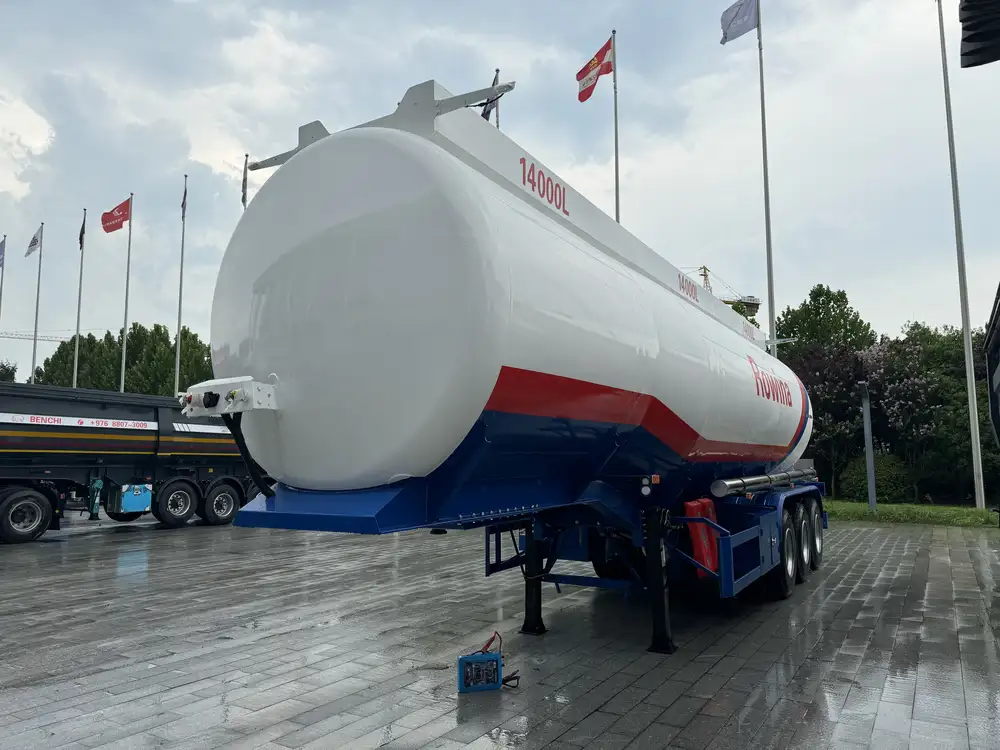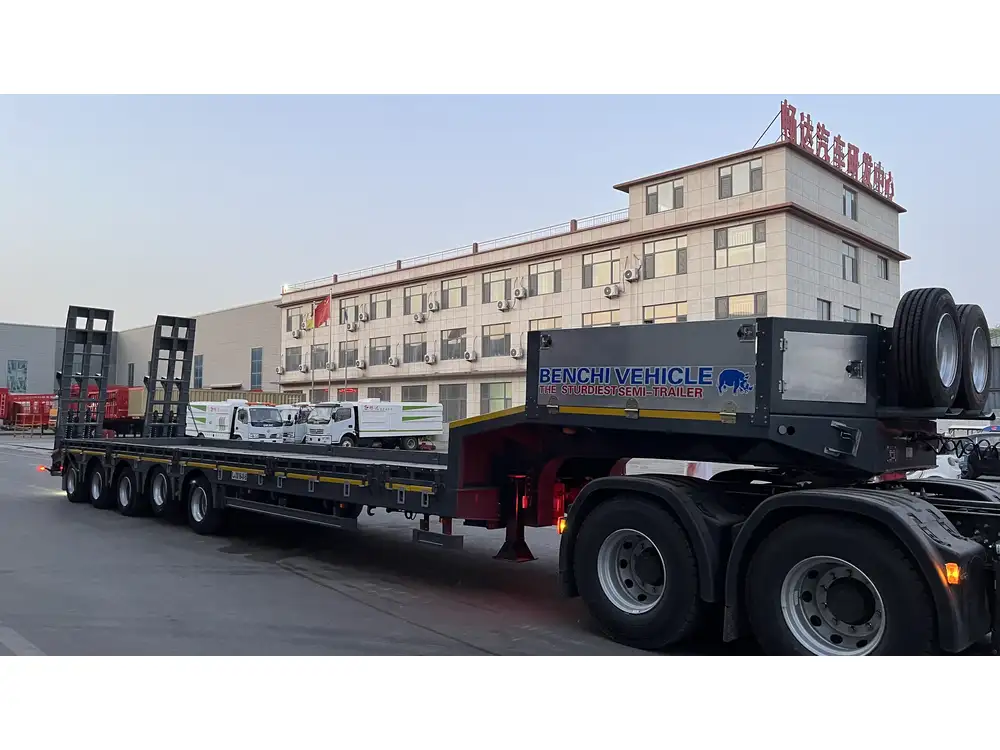Introduction to Harvesting Equipment
In the agricultural industry, efficiency and productivity hinge significantly on the capabilities of harvesting equipment. Farmers have always sought ways to improve their operations, particularly when it comes to transporting large quantities of harvest. The method in which crops are collected and deposited into trailers plays a pivotal role in the logistical chain of farming. In this regard, understanding what harvesters can dump large containers into trailers is essential for optimizing harvest processes.
Types of Harvesting Equipment
Before delving into the mechanics of how harvesters unload their cargo, it is fruitful to categorize the main types of harvesting equipment pivotal in modern agriculture.
| Type of Harvester | Description | Best Use Cases |
|---|---|---|
| Combine Harvester | Designed to harvest grain crops efficiently, combining various operations like cutting, threshing, and cleaning. | Wheat, corn, and soybeans. |
| Forage Harvester | Specifically for cutting and collecting forage crops like silage, often used in dairy or livestock farming. | Corn and grass silage. |
| Cotton Picker | Targets cotton plants, utilizing specialized components to pull fibers from plants without damaging them. | Commercial cotton production. |
| Potato Harvester | Equipped to dig up potatoes from the ground, separating tubers from soil effectively. | Large-acreage potato farming. |
| Grapes and Vegetable Harvesters | Specialized for vine crops and row vegetables, often equipped with conveyors to move produce. | Wine production and vegetable farming. |

The Process of Dumping a Big Container into a Trailer
1. Overview of the Mechanism
To grasp how harvesters dump their loads into trailers, one must understand the core mechanisms involved. Essentially, this process involves three primary components:
Load Capacity: Modern harvesters are engineered with significant load capacities, which can range from thousands of pounds to several tons, depending on the specific equipment and crop type.
Unloading Mechanism: The unloading mechanism may include elevators, augers, or conveyors. These systems enable efficient transfer of harvested material from the harvester’s bin directly into the trailer.
Trailer Design: Different trailers are designed to accommodate the unloading of specific types of harvested goods. The compatibility between the harvester and trailer is crucial for optimal operation.
2. The Unloading Process

Step-by-Step Breakdown
When a harvester is ready to dump its load into a trailer, the following sequence generally occurs:
Positioning the Trailer: The trailer must be parked next to the harvester in a strategic position. Often this is done in a designated area, allowing for optimal flow of harvested materials.
Activating the Unloading Mechanism: Once the trailer is positioned properly, the operator engages the unloading mechanism. This may be a hydraulic system that tilts the harvester’s bin for gravity-assisted unloading or a powered conveyor system.
Transferring the Load: As the unloading mechanism functions, the harvested materials are transferred from the harvester into the trailer. The speed of this process is generally controlled to prevent spillage and ensure even distribution of loads.
Monitoring Capacity: Operators must constantly monitor the capacity of the trailer to avoid overloading, which can lead to equipment damage or tipping.
Completing the Cycle: Once the trailer reaches its required fill level, the operator halts the unloading process, retracts the unloading mechanism, and prepares the harvester for the next round of harvesting.
3. Technical Specifications
Understanding the specifications of both harvesters and trailers is crucial when optimizing or upgrading equipment for harvesting operations. Here we provide insightful comparisons regarding load capacities, discharge rates, and efficiencies.
| Feature | Combine Harvester | Forage Harvester | Trailer Capacity |
|---|---|---|---|
| Average Load Capacity | 15,000 – 20,000 lbs | 10,000 – 15,000 lbs | 30,000 – 50,000 lbs |
| Unloading Mechanism | Hydraulically controlled auger | Hydraulic elevator | Gravity and hydraulic-assisted tailgate |
| Average Discharge Rate | 4,000 lbs/min | 3,500 lbs/min | N/A (dependent on tractor speed) |
| Ideal Crop Type | Grains, oilseeds | Silage, hay | Any bulk harvest including grains, silage |
4. Innovations in Unloading Technologies
The agricultural sector continually witnesses technological revolutions aimed at optimizing logistic processes, including unloading efficiency. Some notable innovations include:
Automated Unloading: Incorporating automated systems that allow for precise unloading based on weight sensors in the trailer. This technology ensures that the operator does not need to be physically present during unloading, allowing them to focus on other tasks.
Real-Time Monitoring Systems: Advanced software that tracks the weight and volume of crops being dumped into trailers. This is particularly useful for yield analysis and for managing logistics more efficiently.
Customizable Dump Profiles: Some modern harvesters can be programmed to use different unloading speeds and trajectories depending on the crop being processed. This ensures that delicate crops are treated gently and efficiently.

Addressing Common User Concerns
1. What Type of Trailer Should I Use with My Harvester?
Choosing the right trailer requires assessing the load capacities of both the harvester and the trailer. The following factors should be considered:
Crop Type: Different crops might require specialized trailer designs (for example, a grain trailer vs. a silage trailer).
Weight Load: Ensure that the trailer can handle the maximum potential load from the harvester without exceeding limits.
Efficiency Needs: Evaluate whether you need quick turnaround times or higher capacity. Trailers designed for speed might not have the same load capacities as those primarily focused on bulk transport.
2. How to Maintain Efficiency During the Harvest?
To maintain efficiency, several practices can be adopted:
Regular Equipment Maintenance: Ensure all moving parts of both the harvester and trailer are well-maintained, reducing the chances of breakdown during critical harvesting windows.
Route Planning: Plan the routes for transporting harvested materials carefully to minimize delays and optimize timeliness.
Training Operators: Proper training on the operational nuances of both harvesters and trailers can prevent common mistakes and enhance overall efficiency.

3. Legal Regulations and Safety Measures
Complying with local regulations surrounding weight limits and transport safety is essential for all agricultural operations. Trucks and trailers must adhere to specific weight restrictions while being transported on public roads. Therefore, farmers should be aware of:
Local Road Weight Limits: Understanding different jurisdictions helps prevent penalties during haulage.
Loading and Unloading Procedures: Establish safe procedures that ensure operators and equipment are not at risk during loading and unloading processes.
Conclusion: Maximizing Harvest Efficiency
Harvesting and transferring bulk crops into trailers encompasses a complex interplay of technology, machinery, and operational best practices. By fully understanding how harvesters work, the mechanisms of unloading, the specifics of trailer selection, and the continual evolution of this essential agricultural process, farmers can leverage their operations to increase efficiency, maximize yield retention, and ensure safer, faster transport of harvested goods.
The importance of selecting the right equipment cannot be overstated; investing in suitable harvesters and trailers, ensuring compatibility, and embracing innovative technologies will define future success in agricultural logistics. Through meticulous planning, continual training, and adaptation to technological advancements, farmers can navigate the intricacies of harvest management effectively, illustrating the symbiotic relationship between harvesting processes and trailer unloading systems.



